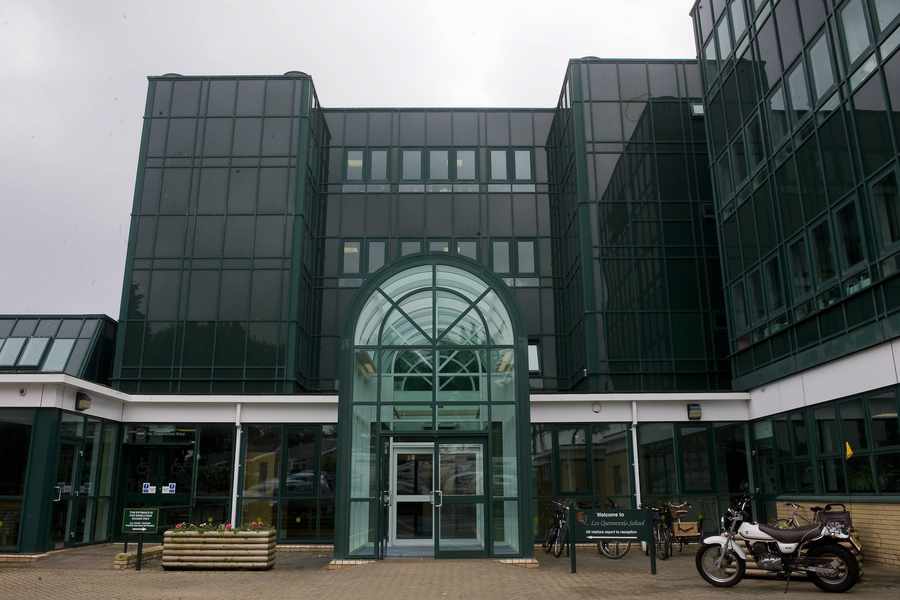INCOME tax, GST, duties on alcohol and cigarettes, stamp duty on property purchases … most of us are contributors to most of these sources of States income most of the time.
But what happens to our hard-earned cash once it enters the portals of the government vaults?
That depends, of course, on what it will be spent on, but the likelihood is that the destination of our precious pennies is one of the main States funds.
So what are these funds, what are they for, how much money do they contain and how are those sums protected?
A starting point is a document entitled ‘States of Jersey Investment Strategies’, lodged last week by Treasury Minister Alan Maclean.
Apart from providing a useful door-stop, this 63-page tome lays out the basics for anyone wanting to bluff their way through the various stockpiles of cash that ultimately keep the Island’s public-sector wheels turning.
Since 2010, the majority of States funds have been ‘pooled’ together for investment purposes into a Common Investment Fund, although each of the funds also has a separate investment plan that reflects current market conditions.
The major States funds – and the ones that the public are told about most often – are as follows:
Consolidated Fund
In broad, simple terms, this is the equivalent of the State’ current account. At the end of last year, the balance was £4.7m.
According to the latest Budget, the closing balance at the end of this year should be £40.8m, but this will include transfers from another fund – the Strategic Reserve – of £36.7m to fund a £10m bill for the Committee of Inquiry into historical child abuse, £22.7m to rebuild Les Quennevais School and £4m towards redundancy pay-outs for public-sector workers.
It is a requirement of the Public Finances Law that the fund remains in balance by the end of every financial year.
Forty-five per cent of the fund is invested in equities, 45 per cent in bonds and ten per cent in alternative investment classes.
Strategic Reserve
This reserve is the equivalent of a savings account and is fondly known as ‘the rainy day fund’.
Its official purpose, agreed in 2006, is ‘to insulate the economy from severe structural decline such as the sudden collapse of a major industry, or from major natural disaster’.
Up to £100m from the fund can also be used to compensate depositors in the event of a major banking collapse.
At the end of 2014, the reserve held investment assets totalling £787m, generating income of £54m – a return of around 7.2%.
In 2012 the States agreed that the capital value of the reserve should not go below £651m in real terms – the value held at the end of 2012.
However, in the recently approved Medium-Term Financial Plan for the next three years, Members agreed to use the ‘real return’ – estimated at £113m to the end of 2014 – to top up requirements short-term.
Withdrawals (and subsequent repayments) to 2019 include £14m for the Committee of Inquiry into historical child abuse; £10m of ‘drawdown provision’ for economic and productivity growth; £5 million to balance the Consolidated Fund;
£40m to rebuild Les Quennevais School; and £52m towards the capital programme.
A total of 50% of the fund is invested in equities, 40% in bonds and 10% in alternative investments.
Stabilisation Fund
What can you do if you don’t want to spend your savings, but need to put aside contingencies for emergencies?
In simple terms, that is what the Stabilisation Fund was designed for, back in the day (2005) when times were good and the Island had money coming out of its ears.
The idea was that cash deposits would be made in the good years and withdrawals made ‘at times of anticipated economic downturn’.
Unfortunately, it didn’t take long for the recession to make its presence felt.
The draining of the £140m fund began in 2009 and the last £1m was drawn down in 2014 to satisfy the demands of the 2015 Budget.
The balance at the end of 2014 was £6,000.
Social Security Fund
This is the place where our Social Security contributions end up.
Its function is to provide benefits to people who are unable to work and a States pension when they reach the eligible age.
Working adults pay in 5.2% of their earnings and employers contribute 5.3%.
The States also makes an annual grant to the fund, which in 2014 was £63.7m (28%).
Last year £160m was paid out in old-age pensions, £22.9m in long-term incapacity allowance, £12.4m in short-term incapacity allowance, £4.6m in survivors’ benefits and £2.6m towards maternity and adoption benefits.
At the end of 2014, the fund stood at £88.6m.
Health Insurance Fund
Established in 1967, this fund is used to pay for our GP subsidies and medicines and is managed by the Social Security Department, who transfer the necessary funds out of our Social Security contributions.
Working adults pay 0.8% of their earnings and employers pay 1.2%.
Last year £7.9m was paid out for GP consultations and £18.9 million for prescription drugs and dispensing fees.
At the end of 2014 the fund totalled just over £85m.
In terms of investment, equities account for 40%, 45% is in bonds and 14% is in cash.
Social Security (Reserve) Fund
This is where money is set aside for the future provision of pensions for those still in employment. At the end of 2014, the fund totalled £1.2 billion.
A total of 80% of the fund is invested in equities, 10% in bonds and 10% in alternative investment classes.
Long-Term Care Fund
This is a relatively new fund set up in 2013 to help the elderly to keep their own homes in later life.
The first claims were made in 2014 and £18.2m was spent on social benefit payments and supplies and services, which are means-tested.
Contributions of 0.5% of income have been paid in from this year by taxpayers on the 20% rate and this will rise to 1% next year.






